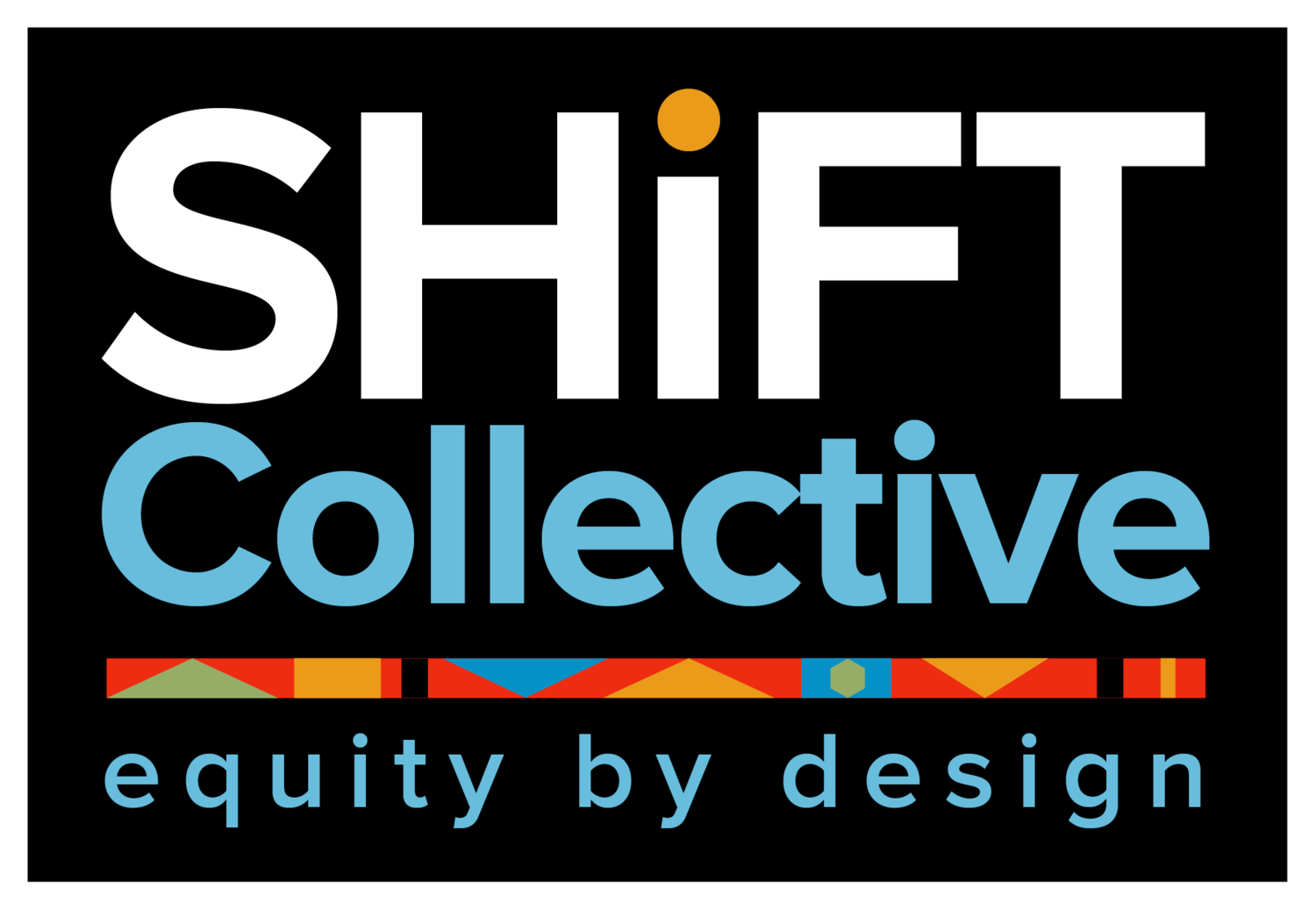
New Deal Scholars Planning Grant
An immersive planning gathering explores cultural equity and community-based archives in light of historic trauma
The Challenge
While an unusually rich collection of historic photos taken in northern New Mexico during an iconic Depression-era public works project exists in the public domain, the photos also reflect a troubling history. How might they be used as a part of community recollection and healing?
1936 Images from Taos Pueblo in the Farm Security Administration/Office of War Information Collection
Our Approach
We worked together with New Mexico Highlands University to convene scholars of the American New Deal period, community organizations from three states, national public humanities scholars, designers, and technology partners to explore and plan a large-scale project to create collaborative, community-centered scholarship around rural community history. The five-day gathering took place in Las Vegas and Taos, New Mexico June 5-9, 2017.
Stats and Impact
The project led to the creation of the Manitos Community Memory Project, a virtual gathering space for manitos, as people from rural northern New Mexico and southern Colorado call themselves. The project has now been supported with $1.26m in funding by the Mellon Foundation.
The planning phase uncovered key disconnects between national and local partners, and the local community event that was the culminating interaction was redesigned from scratch during the 5 day meeting. While initially difficult for the participants and planners alike, it led to a much more genuine and equitable engagement and the creation of a community-owned project.
We have been able to offer continued strategic and technical support to this project thanks to generous funding from the New Mexico Humanities Council.
Tools & Methods
Assisting grant writing
Assist in project design and sustainability
Utilizes Historypin and Storybox platforms
Audience Analysis/Persona Development
Community-Centered Design
Strategic and technical support

Participants were hosted by New Mexico Highlands University Media Arts & Technology Program.

Natasha Varner explains her approach during a design workshop.

The community gathering at the Taos Public Library included music, dancing, and community listening around historic photos and community needs.

Co-Principal Investigator Estèvan Rael-Gàlvez and Dr. Patricia Trujillo during a community history tour.

The group agreed on norms to guide our work and conversations.
“When the project of remembering is expanded to a larger collective and collaborative effort, the issue becomes more difficult than simply collecting and storing. Toward this end, there are several salient questions that emerge, particularly in an era when defining the past has become so polarizing, even within individual communities and families: What is a community? What constitutes a collective endeavor? What defines collaboration? Who decides? These interrogatories are not easily answered, particularly since there are multiple approaches to ‘doing history’ and in a singular circle of people, there are multiple points of view and consensus not so easily had.”
—Estèvan Rael-Gàlvez, Co-Principal Investigator and former State Historian of New Mexico








